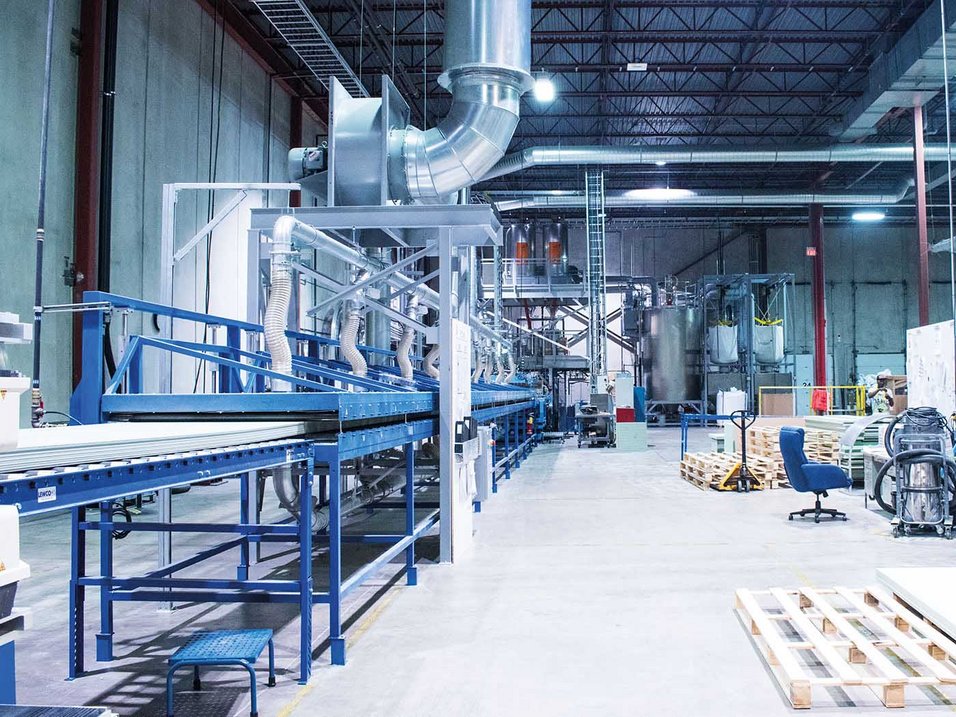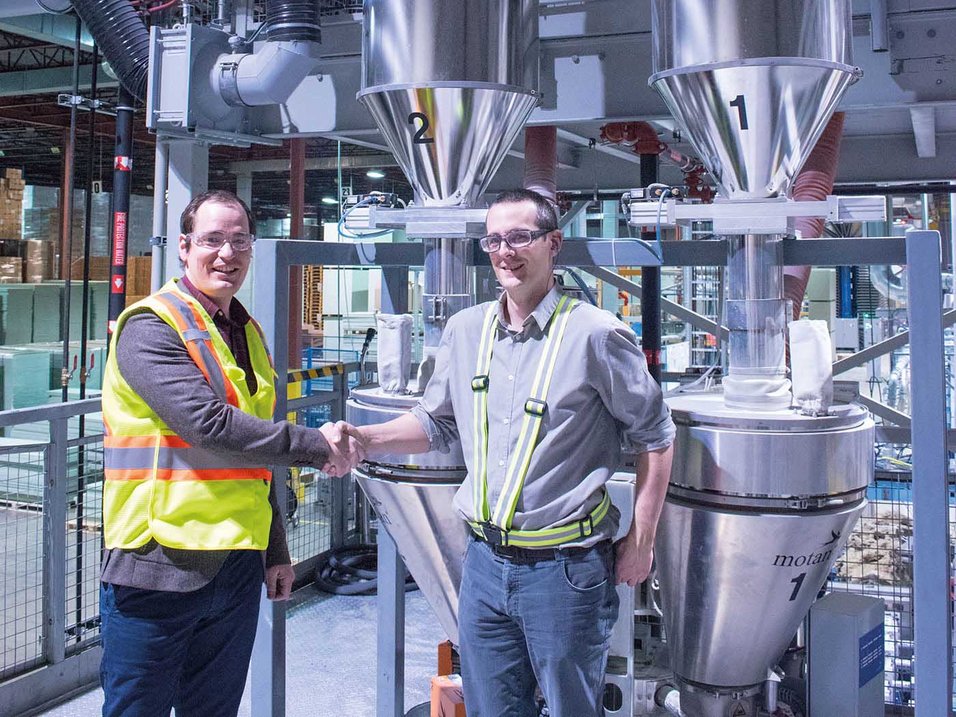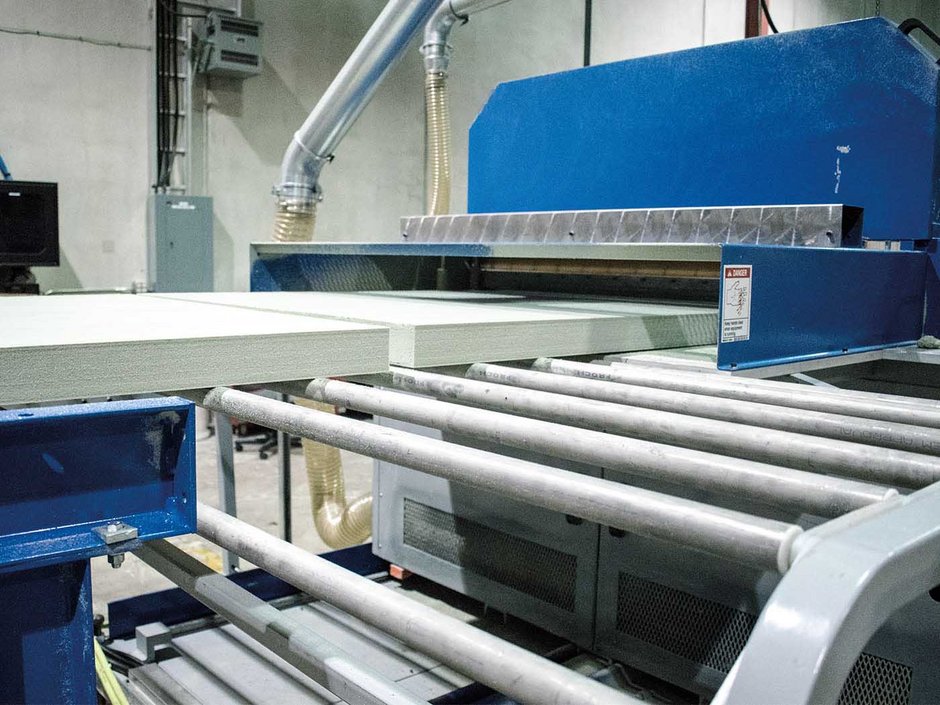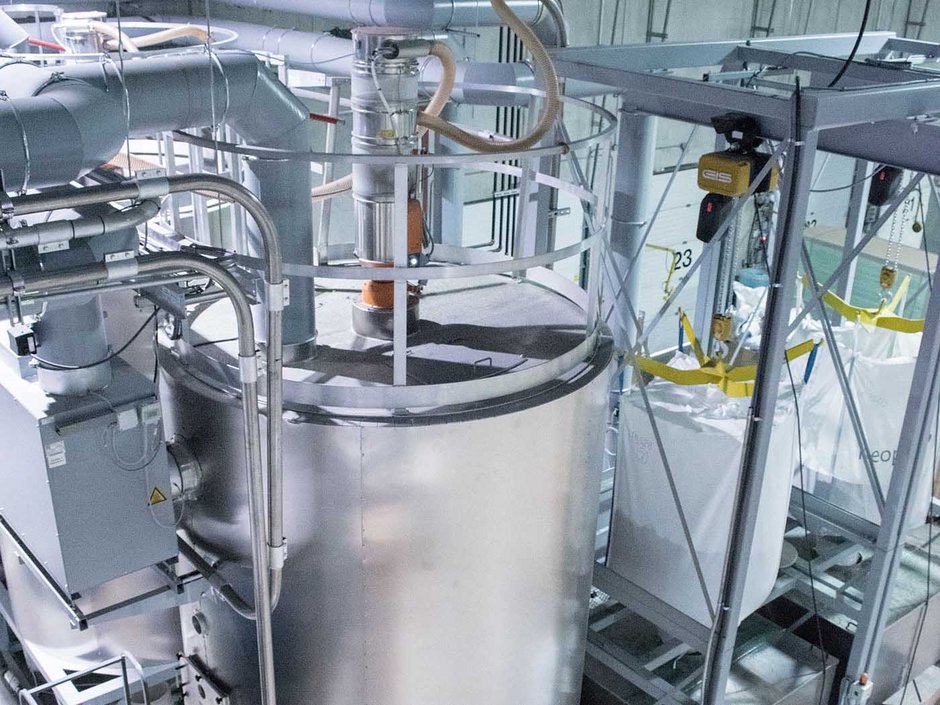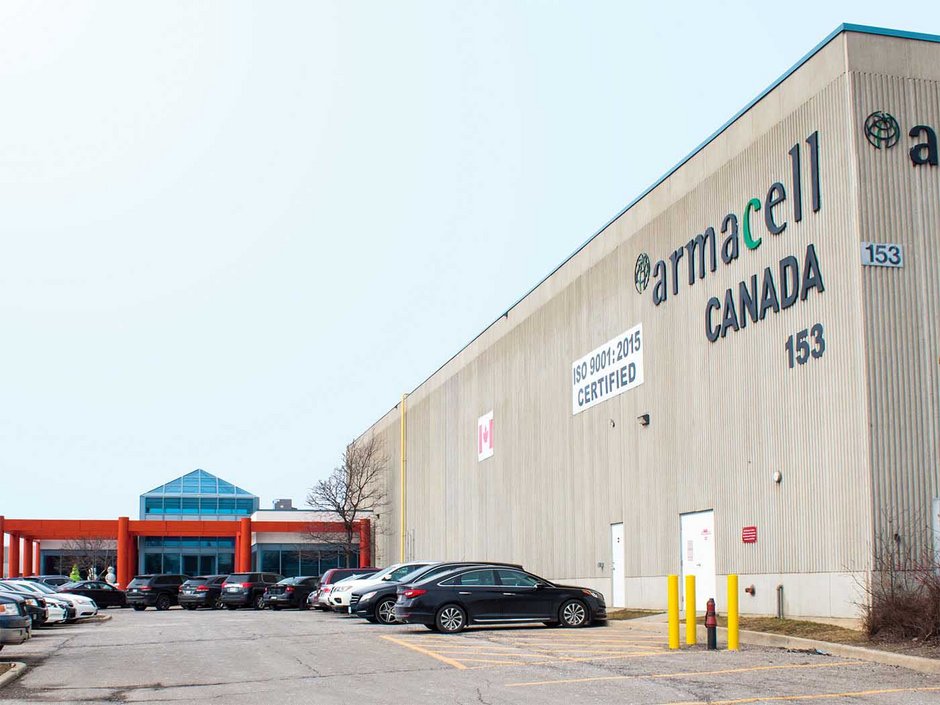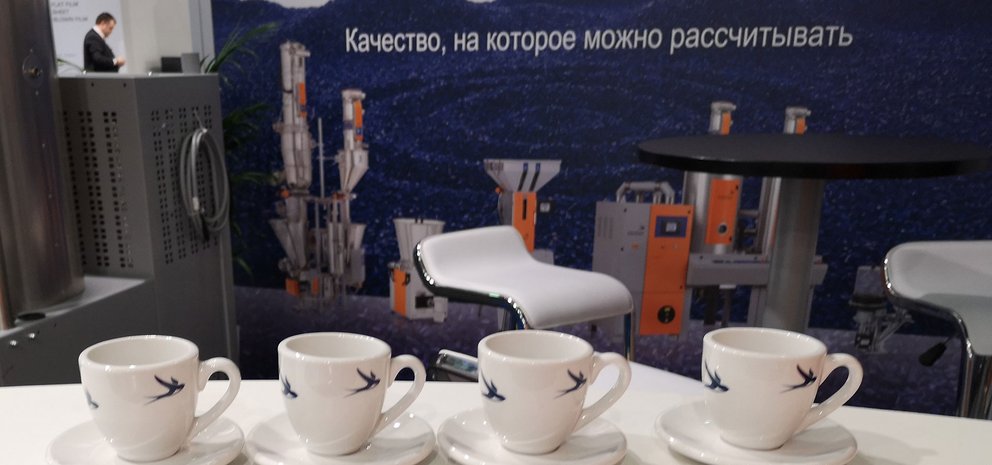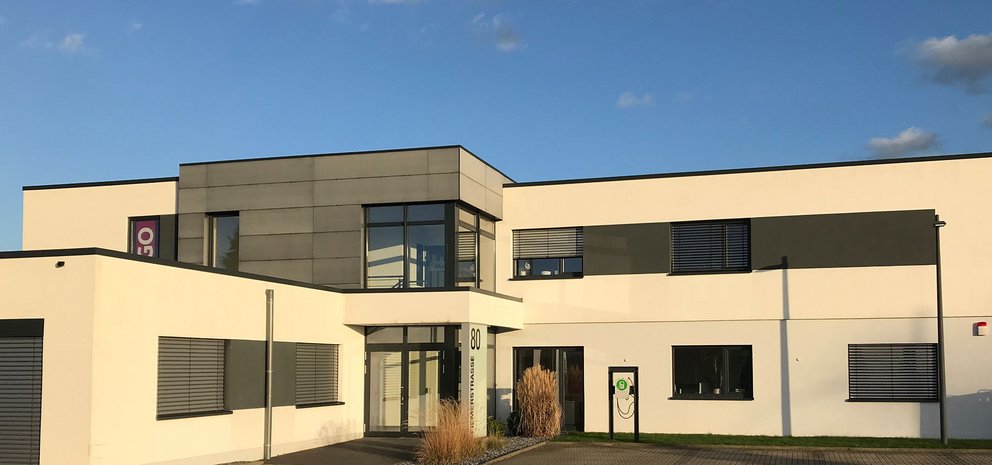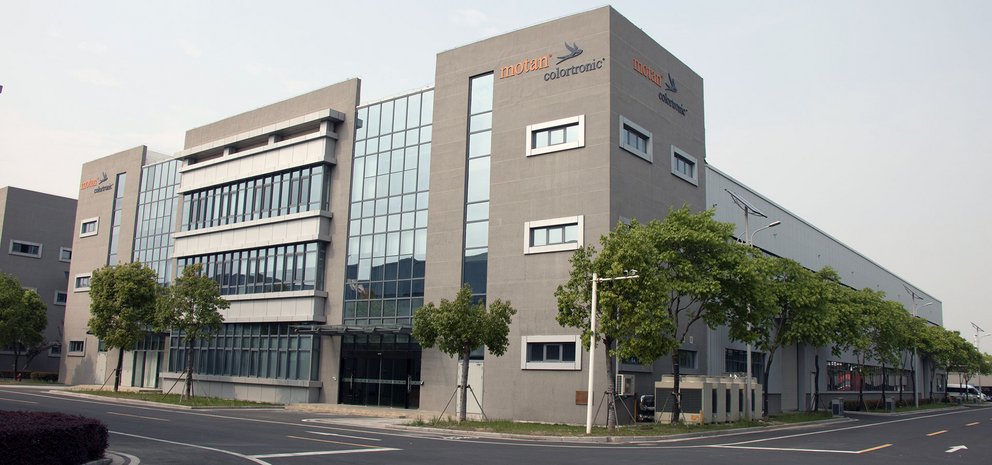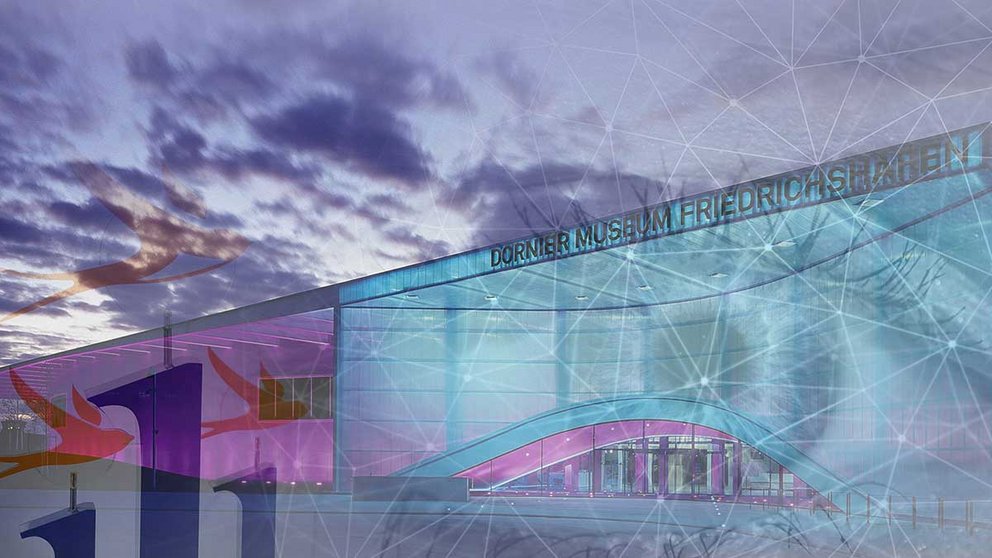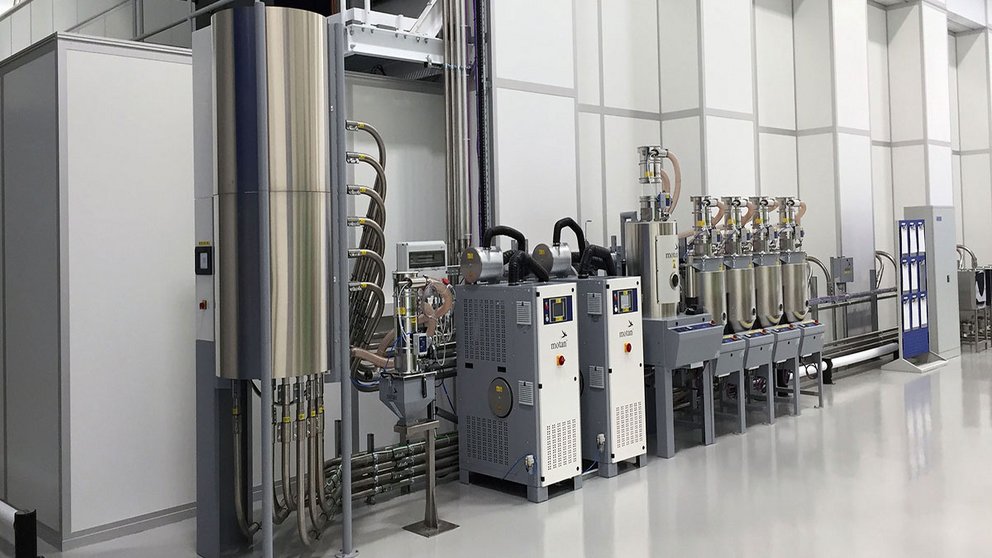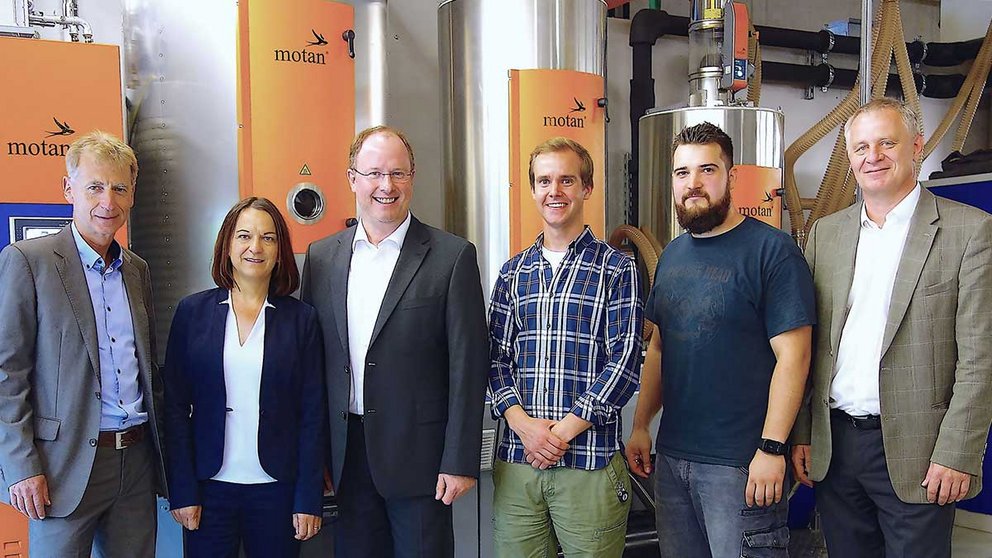Armacell Canada Inc., located in Brampton, Ontario celebrated the Grand Opening of its new PET line at the beginning of April 2017: In only one and a half years from Armacell’s decision to make the investment, the production of the new PET foam board system at Armacell Canada is up-and-running. The 200-meter-long extrusion line is producing foam core boards made from recycled PET bottles for the North American market, known worldwide by the trade name ArmaFORM PET. It is a structural foam which is used as a core layer in sandwich structures. These lightweight but stable structural elements are used in many different application areas, such as wind energy, rail and road transportation, automotive, and construction.

